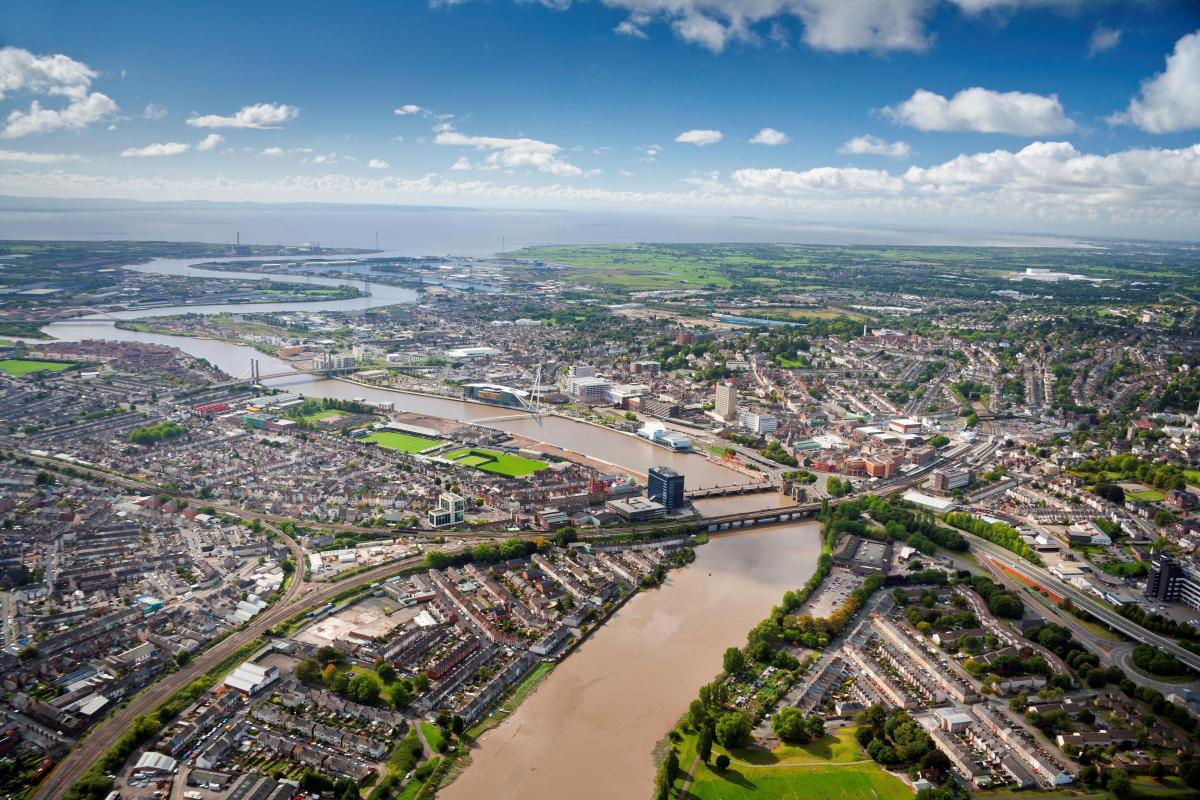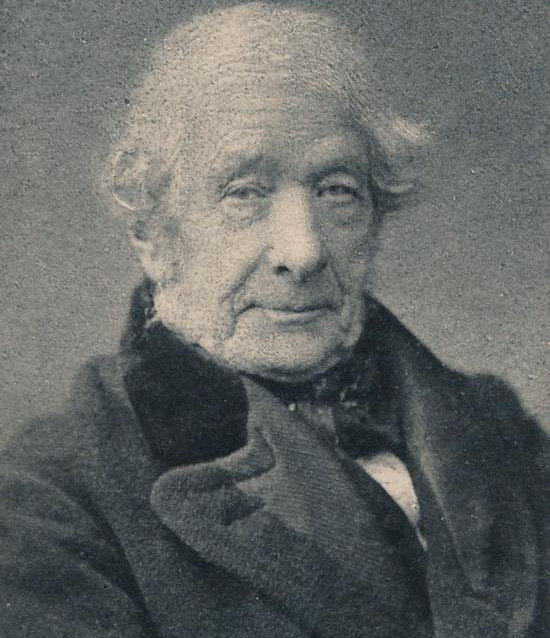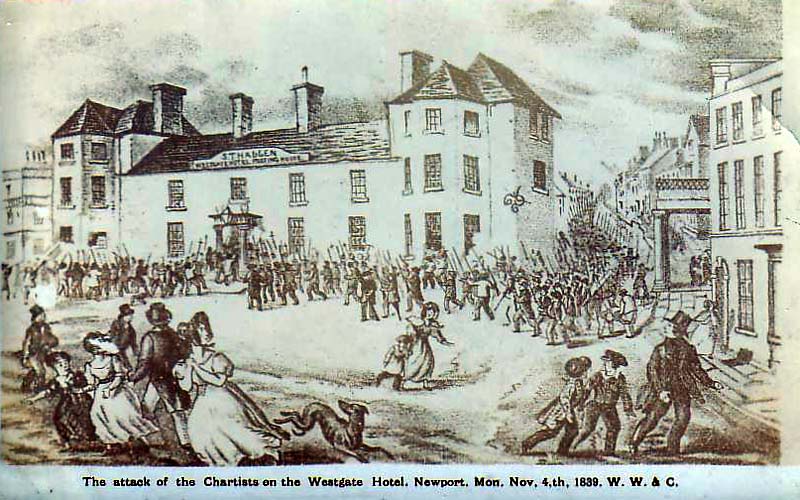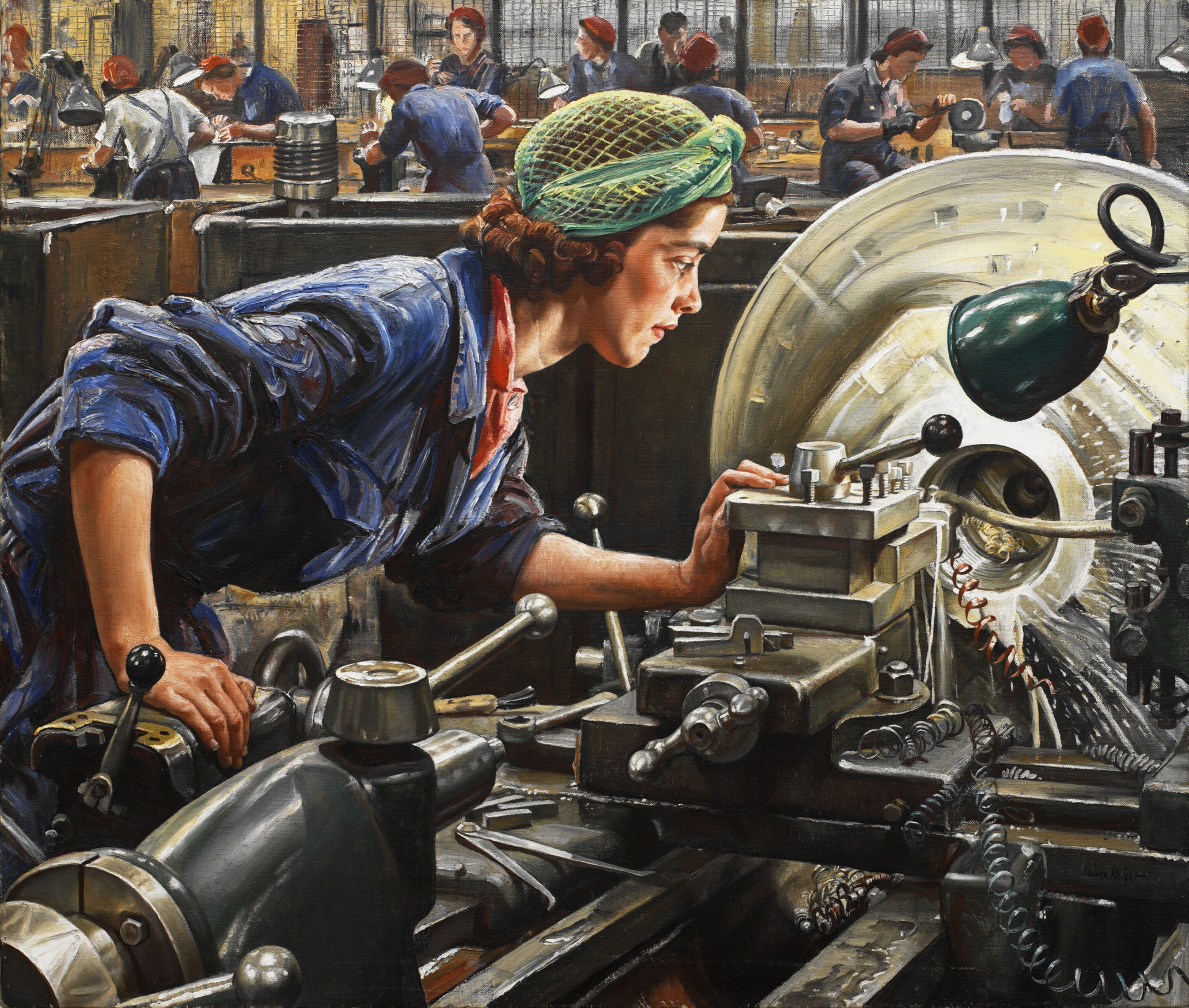How to Be Brave by Siân Own is set in Newport, Wales. The story follows librarian and mom Katie on a wild journey through the city and is peppered with historical references, local knowledge, and important landmarks. Read more to learn about Katie’s hometown and important moments in Newport’s history.
Newport, UK is the third largest city in Wales with a population of approximately 145,700. Newport has been a port since the 1300s and flourished during the Industrial Revolution as a hub for exporting coal from South Wales. The docks diminished in the early part of the 20th century but the city became a center for manufacturing and engineering and is predominantly working class. Like many industrial cities in the US, Newport has struggled to find its identity in the late 20th century as these industries shut down or were reduced. While Newport never saw mass levels of unemployment, the city center struggled and many old factories were torn down or abandoned. In the last 10-15 years, a great deal has been invested in revitalizing the city center and converting former industrial sites.

Chartism was a working-class suffrage movement that began in 1838 with The People's Charter, a document calling for reforms that would enfranchise all men over 21 (at that time only land-owning men could vote.) Chartism took off in South Wales and the movement became synonymous with working class people fighting the corrupt establishment and advocating for the vulnerable in a rapidly industrializing world.

John Frost (1787-1877) was a leader in the Welsh Chartist movement. Born in Newport, Frost was a bootmaker and tailor who is most famous for his role as a leader of the Newport Rising, the last major armed uprising in Britain. While he was painted as a threat to the country’s peace at the time, Frost is now remembered as a hero of the universal suffrage movement.

Ruby Loftus was the subject of a 1943 painting by Laura Knight depicting a young woman (Ruby Loftus) making parts for an anti-aircraft weapon at Royal Ordnance Factory (ROF) Newport during World War II. The piece was commissioned by the government to promote women working for the war effort and is akin to a British Rosie the Riveter. During World War II, ROF Newport was a major munitions factory with over 2,000 workers, many of them women.

Newport City Map
Learn more about where Katie’s journey takes her by exploring the interactive map below.
![]() Places Katie visits during the play.
Places Katie visits during the play.
![]() Places Katie mentions.
Places Katie mentions.
Glossary
A few helpful terms and references from the play.
Londis: A chain of convenience stores in the UK.
Iceland: A chain of supermarkets in the UK that specializes in frozen foods and is generally associated with discount shopping and low-income families.
River Wye: Pronounced “why,” a river in central Wales that is an official “Area of Outstanding Natural Beauty.” In contrast, Newport’s River Usk is often described as muddy and not known for its beauty.
Dap: Welsh & English West Country word for a plimsoll shoe.
Death Eaters: The evil followers of Lord Voldemort in the Harry Potter books.
Geraint Thomas: Olympic gold medal-winning Welsh cyclist.
Grass verge: An area along the edge of a road, this could be either a median or a shoulder.
Cwtched: Rhymes with “butched,” a Welsh word that means to cuddle or hug but also describes a small space or cubbyhole.
Special VAT: A brand of cheap alcoholic cider.
Prefab: Prefabricated houses were built across Wales to rehome those who were displaced by air raids during World War II. The homes were often built of aluminum and were intended as temporary housing but ended up being used for many decades (a few still exist.) Over 156,000 were built in Wales, usually in small communities outside towns, and they hold a significant place in the post-war identity of the country.
Squash: Fruit-flavored syrup that is diluted in water to make juice.
Fringe: Bangs (as in the haircut).
Blue Peter Badge: ‘Blue Peter' is a beloved British kids' TV show. The show issues badges to children for special accomplishments (like a scout badge) which grant the wearer free access to attractions and museums around the country.
Cherubs: On each of the four pillars at the ends of Newport Bridge (built in 1927) is a cherub head atop a red and gold shield that is based on the coat of arms of Newport.
